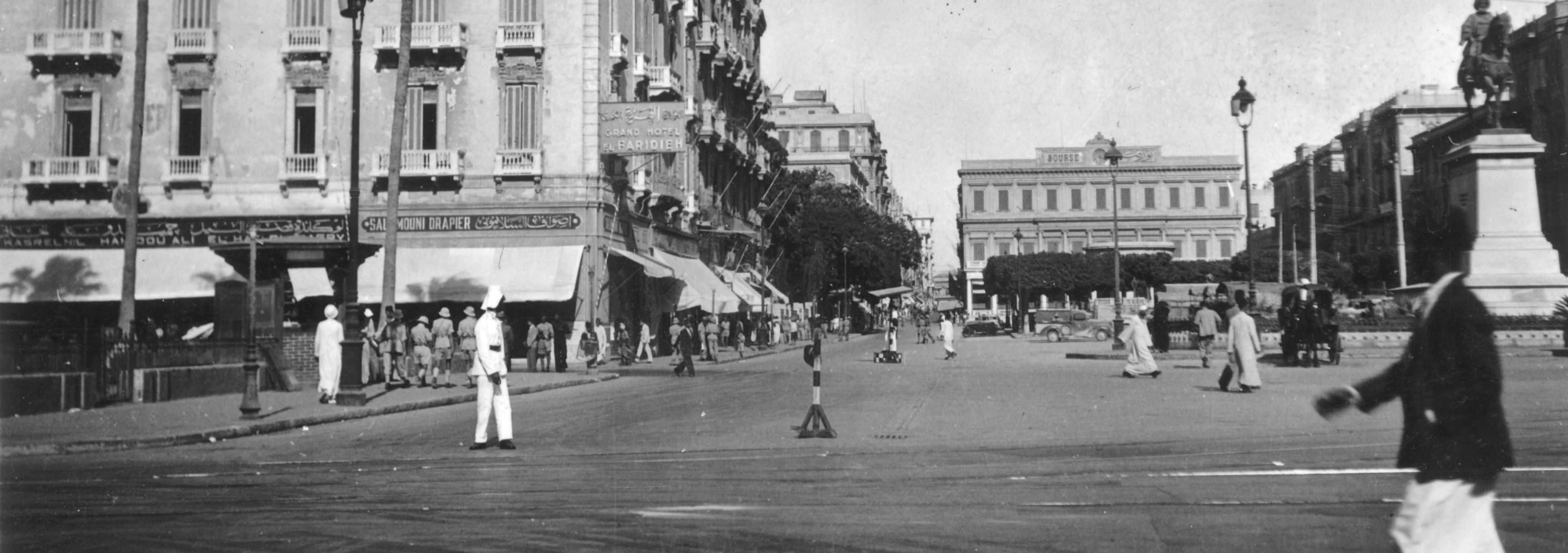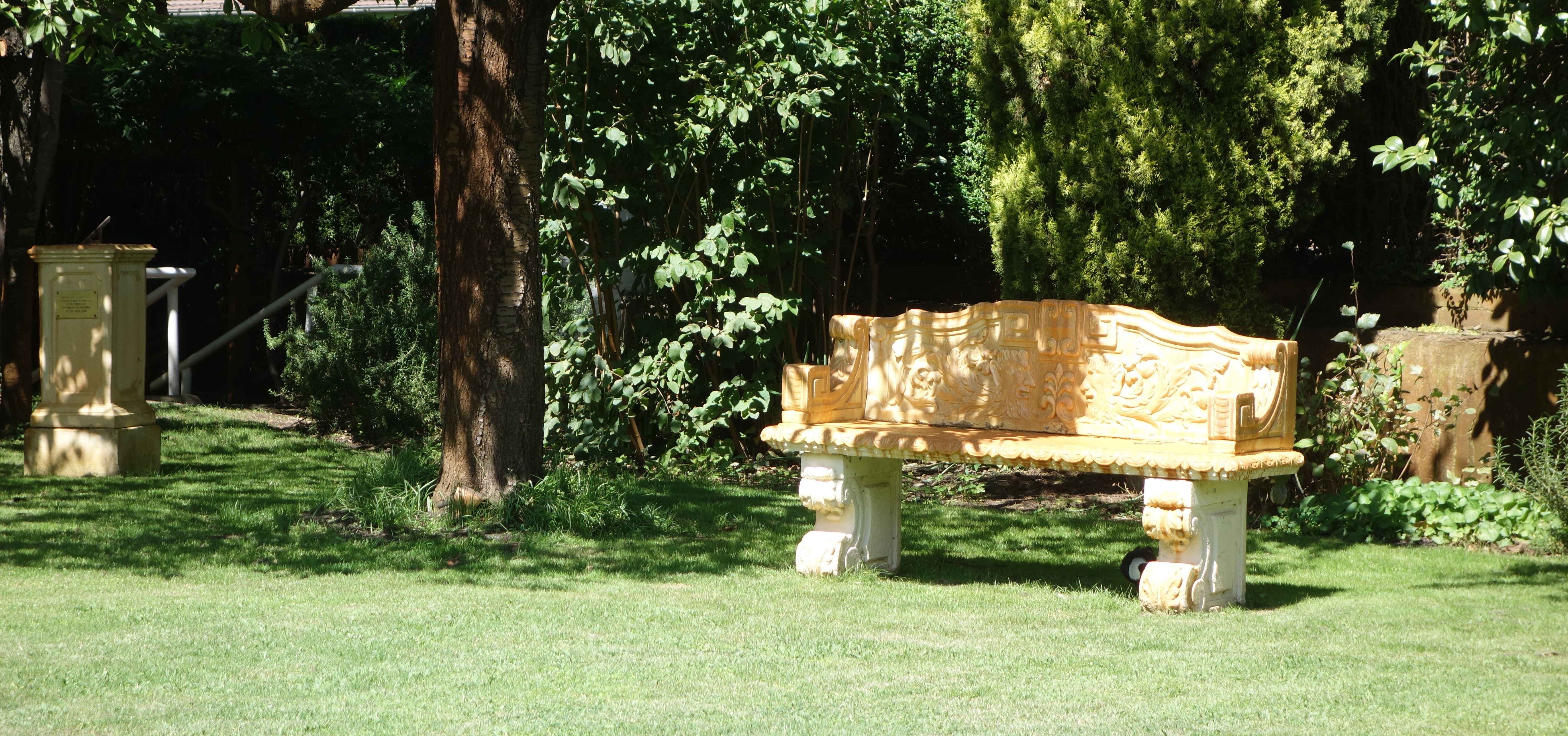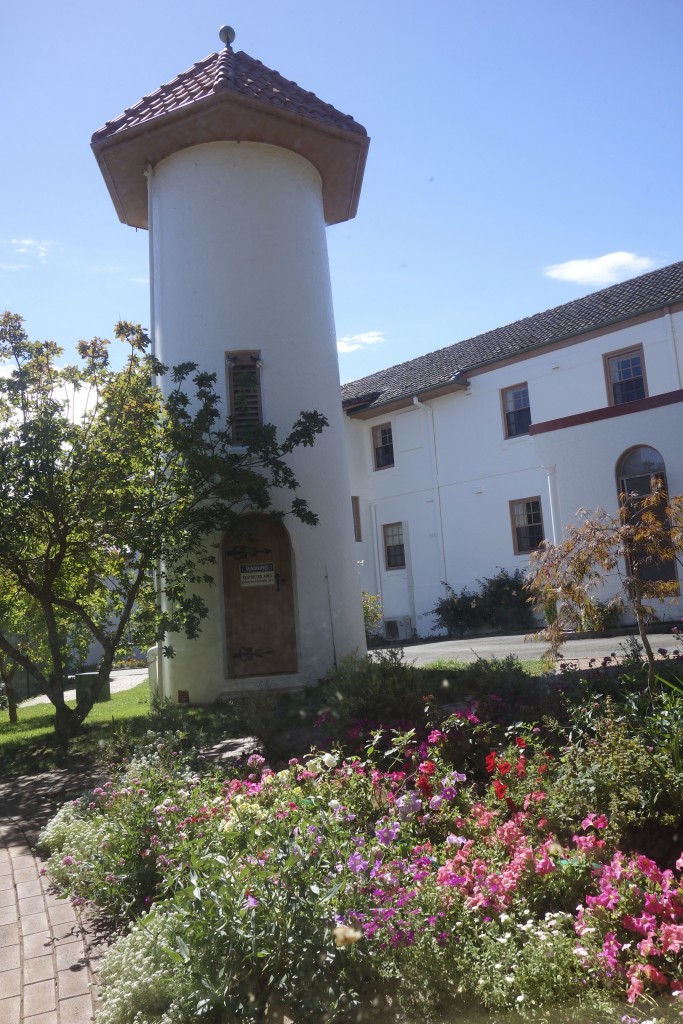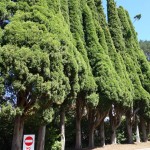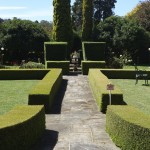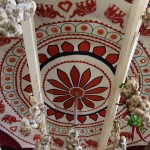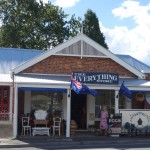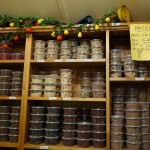I’m not old enough to have taken these photos. Lol. They’re from my father’s war album of photos taken in 1941-42. He was sent to the Middle East for several months and brought back photos of the places he passed through. He wasn’t always the one behind the camera; some of them came from friends in swaps, so I can’t know who captured these images.
The first one is a snatch of street life during the early years of the war in Alexandria, Egypt. Not much traffic!
In the mid-19th century, under the French, this was the Place des Consuls, where several Consulates were situated in what was then a cosmopolitan Alexandria. It was then renamed Mohammed Ali Square in 1873 after the statue of the Ottoman governor, Mohammed Ali, was placed in the square (on the right of the photo). British naval forces bombarded the area in 1882 and destroyed most of the original buildings. It’s now Midan al-Tahrir, Tahrir Square (same as the famous square in Cairo). In English, it’s Liberation Square.

The photo below is from the same album, but is unidentified. It’s in the same era, and probably in Egypt, definitely in the Middle East, definitely during the war. I like the perspective, the way the street curves into the distance behind buildings, and the way the buildings are flush with the street. It’s not so much about street life since everyone seems to be inside except for a woman and two children quietly making their way home. The scalloped detail on the rooflines is particularly clear in monochrome, as is the mass of (what looks to be) a dovecote on the right.

I’m very thankful these days that my family kept these photos. They’re possibly more meaningful now that several decades of history have passed, and we can compare the scenes then and now (thanks to all the images online). Try looking for current photos of Tahrir Square in Alexandria. The statue of Mohammed Ali is still there, but the square looks very different otherwise. But perhaps black and white hides some of the grit of street life.
*****

